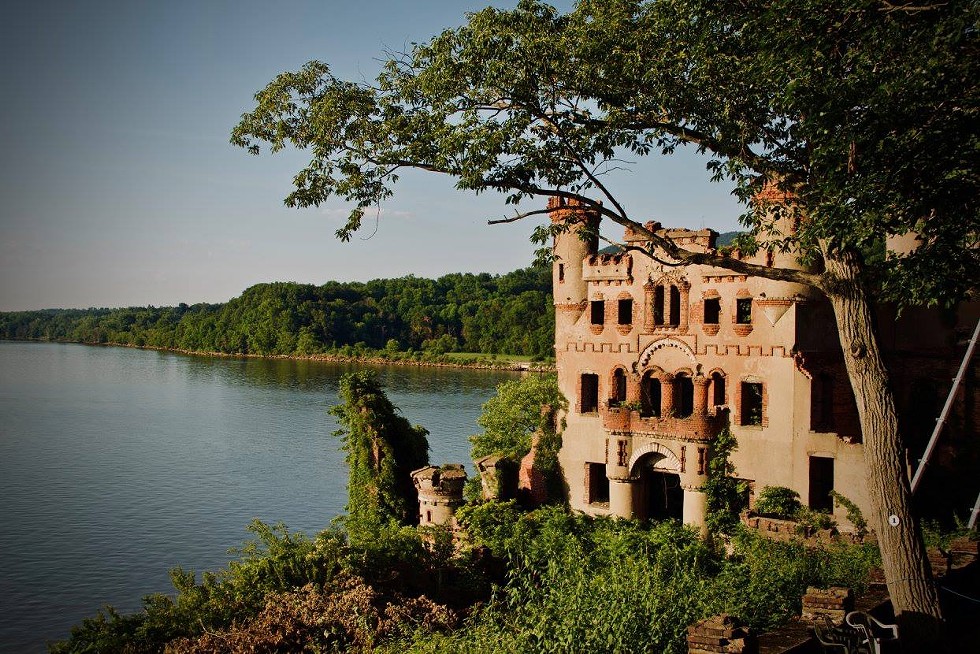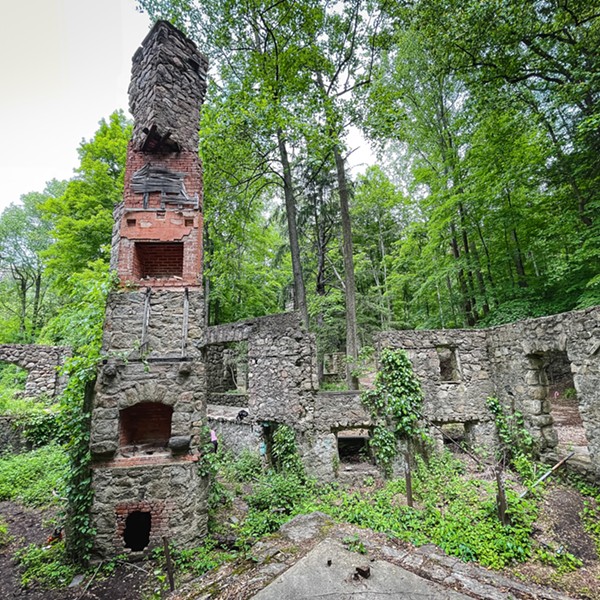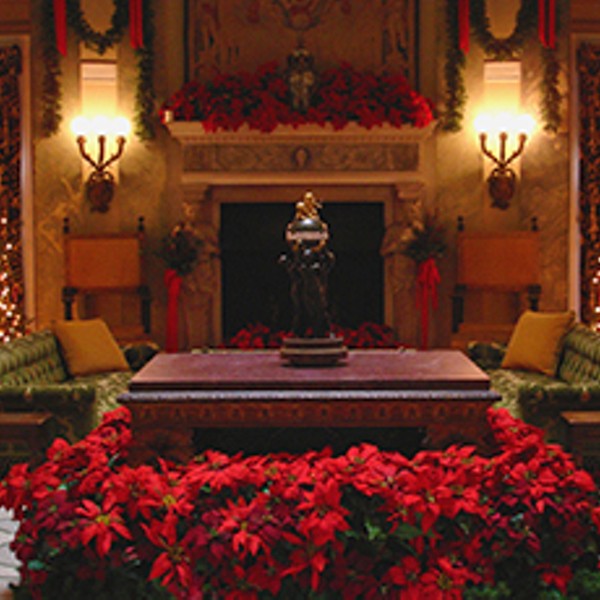Abandoned homes, rusted-out industrial facilities, crumbling caverns, and neglected towns wither all around us, but there is something about their rotting wood, moss-covered stones, and drooping façades that strike our imaginations aflame. Who lived there? What was it used for? Does someone (or something…) lurk there, still?
This list of historic sites and abandoned ruins represents a small sample of the aging gems you can explore in the Hudson Valley—and they portray a rich and tumultuous history.
(Just be mindful of when and where you tread; as these sites deteriorate and change ownership, visitors aren’t always welcome.)
Bannerman Castle, Cornwall
Bannerman Island holds the remains of a castle and its gardens built in 1901 by Frank Bannerman, a Manhattan-based munitions dealer. The castle was originally constructed as a vacation home for his family and an arsenal for housing ammunition and equipment he acquired from the Civil and Spanish-American Wars. You can boat to the island and roam the decaying structure, which overlooks sweeping views of the Hudson River and often bustles with tours, live music, plays, and outdoor movie screenings.
Clausland Mountain Tunnels, Blauvelt
Built in 1910 by the National Guard as a cutting-edge military rifle range, this underground labyrinth of tunnels can be accessed by climbing through a hidden entryway at the base of an old tree. Stories that swirl about the place include murdered mob victims, satanic rituals, and portals to other realms. We’re not sure about the evil some claim lurks here, but the dark tunnels shelter an incredible number of insects that slither—and jump—along the crumbling paths.
Carson City and Indian Village, Catskill
This abandoned Western-themed amusement park opened in 1958 and once boasted train rides along the 100-acre property, Native American dancing, and rows of teepees where patrons roamed and played while actors staged gunfights and mock robberies. The park has been vacant since 1997, leaving a jailhouse, general store, barber shop, US Marshall’s office, theater, saloon, and courthouse wilting like a distant memory.
Letchworth Village, Thiells
Letchworth Village was a notorious institution for the mentally and physically disabled. The facility was featured in a 1972 documentary Willowbrook: The Last Great Disgrace, which exposed the horrific conditions patients of all ages experienced there. The stories of abuse and neglect inspired the premise for FX’s American Horror Story: Asylum, and the deteriorating facilities, which include an onsite graveyard, have been featured on the Travel Channel’s Ghost Adventures.
Overlook Mountain House, Woodstock
This massive hotel that, in the 1800s, was once a prime getaway for the wealthy, still has grand staircases, massive stone walls, and window arches that offer a glimpse into what the aging beauty once was. After several fires left all but a shell of the original structure, the remains of the hotel’s fountain and fireplace still peek through thick layers of ivy and moss.
Widow Jane Mine, Rosendale
Mined for cement-making ingredients until 1970, the Widow Jane Mine has been used for everything from concerts and music recordings to a trout nursery and mushroom farm. The location is open to various events such as poetry festivals, concerts, movie shoots, and art exhibits, and if you visit, be sure to keep an eye out for Widow Jane herself, as her apparition is rumored to float among the pillars.
Cornish Estate Ruins, Cold Spring
Hike to and explore what stands of Edward Joel Cornish’s mansion, including stone walls and a tower of fireplaces that looms overhead, oddly intact. A fire destroyed a large portion of the mansion in 1958, but large swaths of stone and some tile remain, in addition to an old swimming pool, greenhouse, barn, and other dilapidated structures dotting the property.














